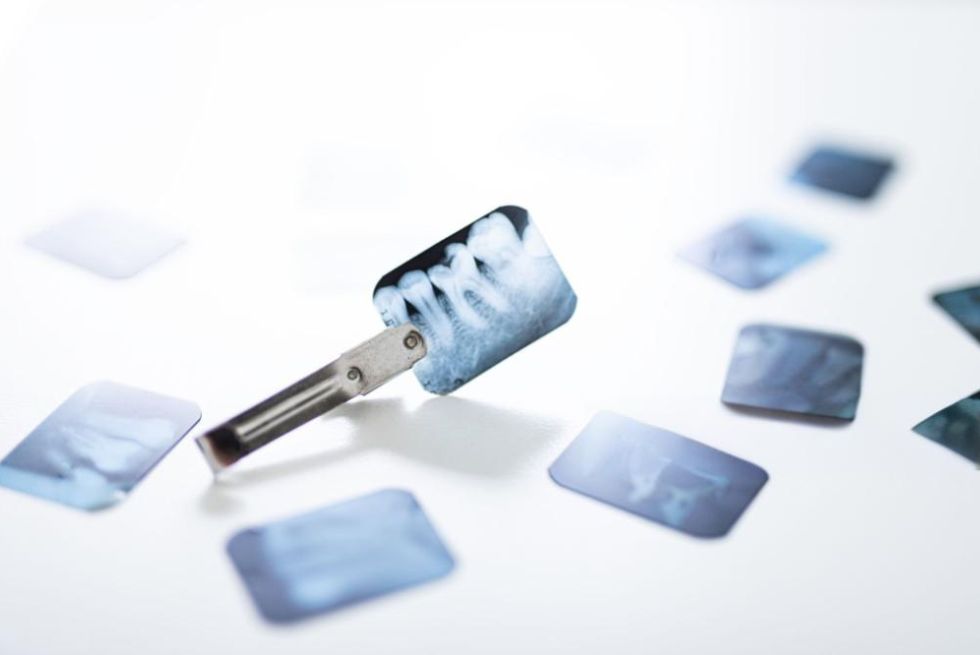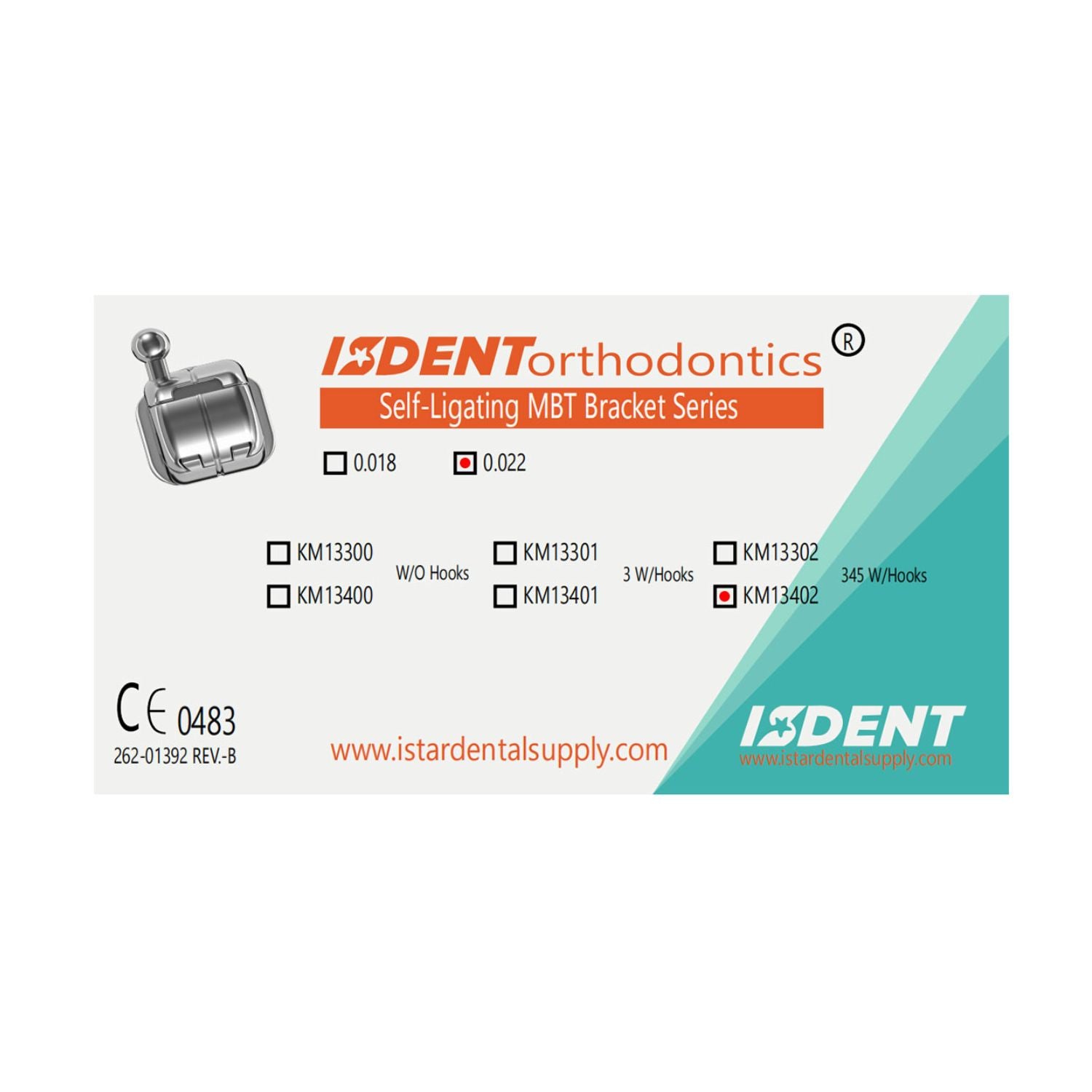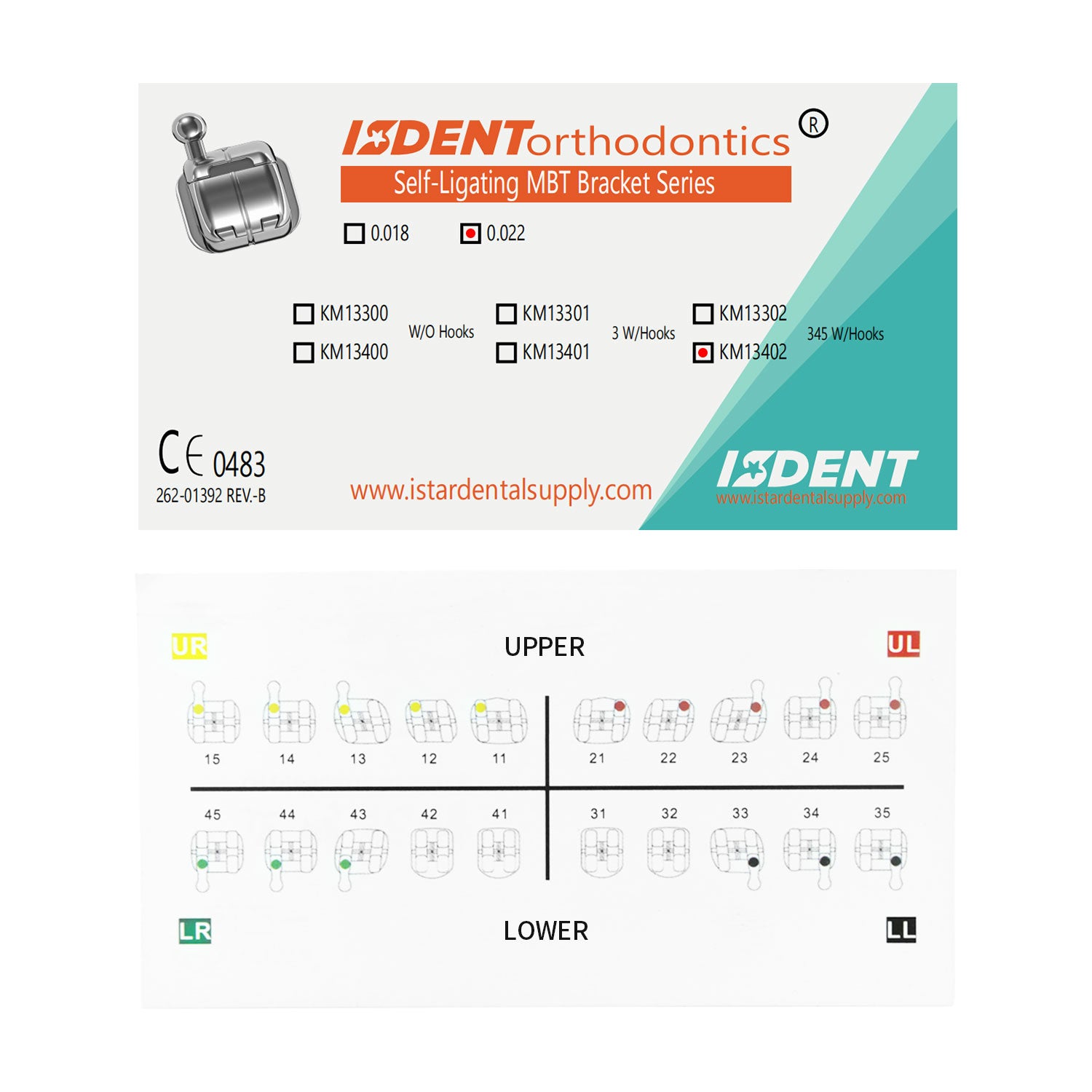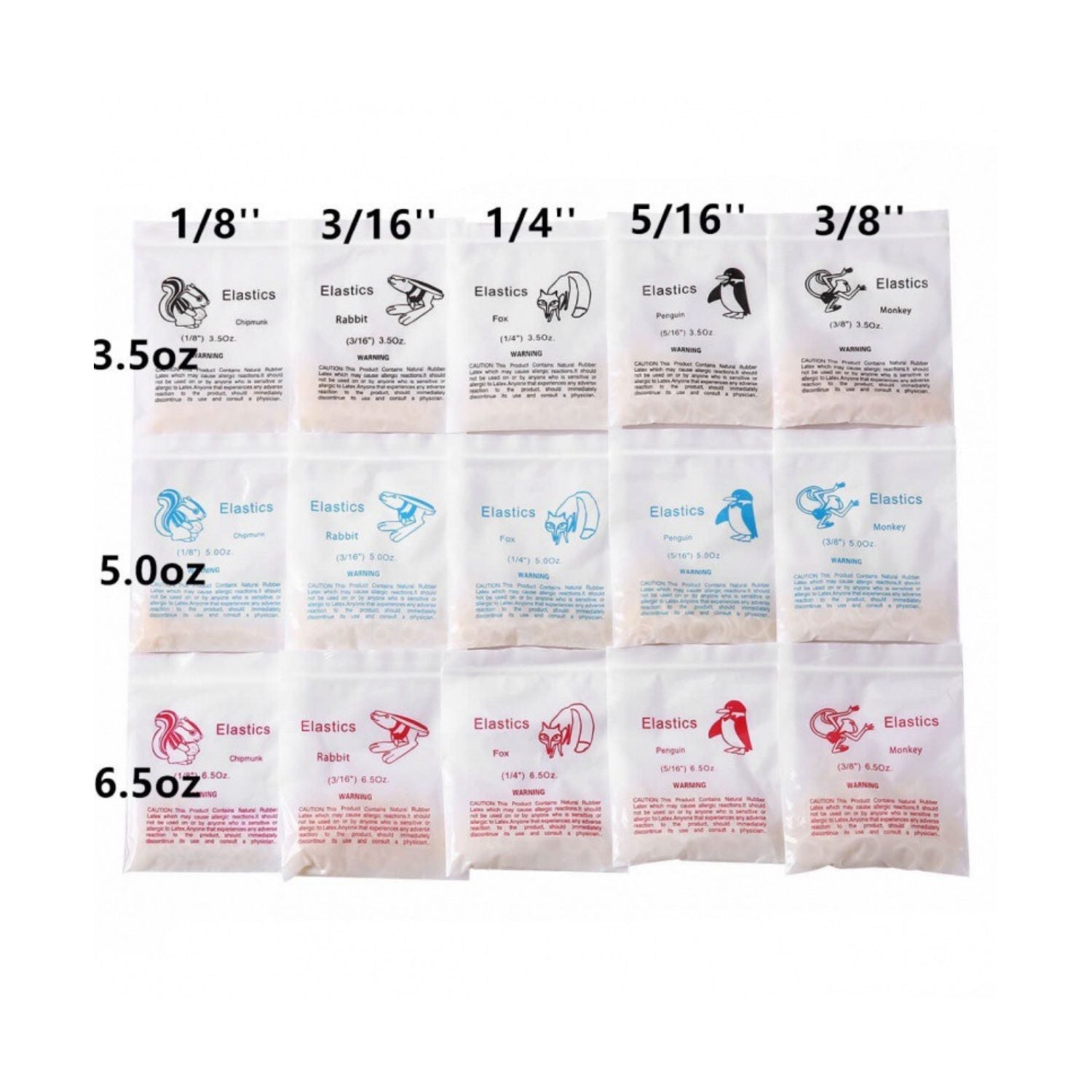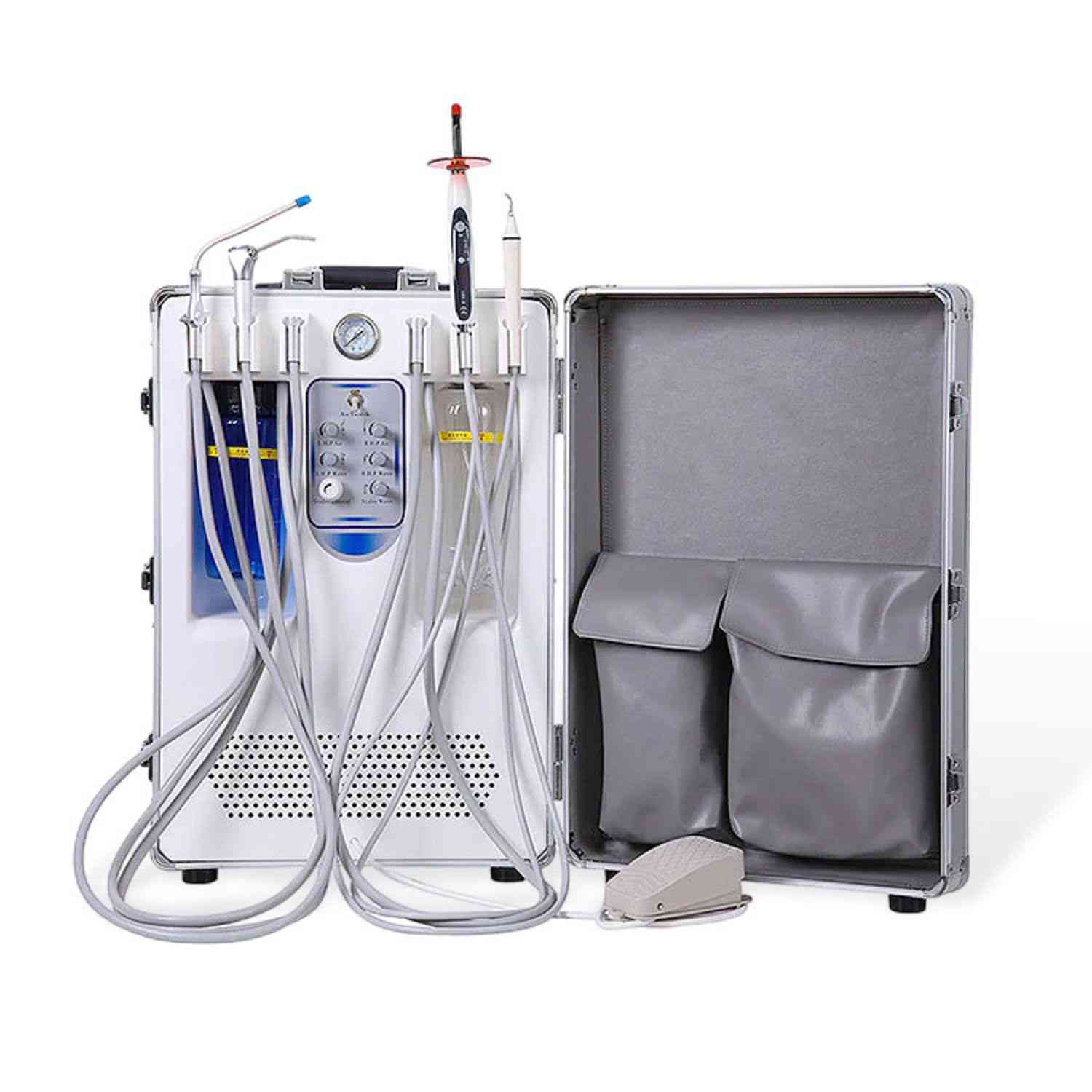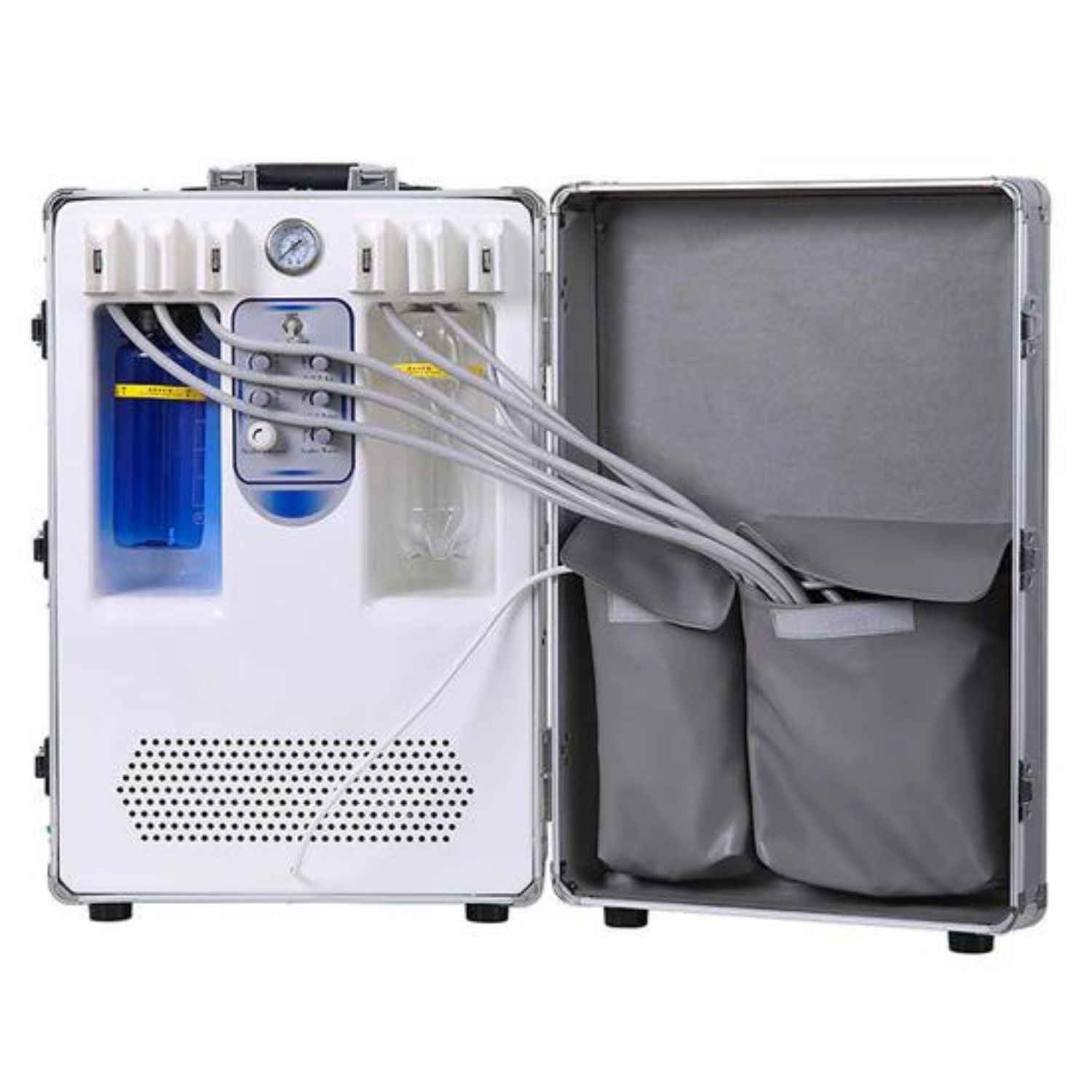Comment résoudre les dysfonctionnements des capteurs et maîtriser la réparation des capteurs dentaires pour votre cabinet
Avez-vous déjà ressenti une soudaine mauvais fonctionnement de votre numérique capteur dentaire au milieu d'une journée chargée ? Ou je me demandais si réparation de capteur à rayons X vaut vraiment la peine par rapport à l'achat d'un nouveau capteur? Ce guide complet offre une plongée profonde et révélatrice dans le monde de radiographie systèmes, entretien du capteur approches et les défis en coulisses qui peuvent survenir lorsque votre réparations de caméras ou intrabuccal les appareils d'imagerie tombent en panne de manière inattendue. Si vous utilisez un cabinet dentaire, école dentaire, clinique dentaire, ou tout hôpital dentaire où rapide et de haute qualité l'imagerie est essentielle, vous voudrez continuer à lire. Dans les sections suivantes, nous expliquerons comment dentiste les professionnels peuvent naviguer entretien du capteur dentaire prendre des décisions efficacement, comment comprendre coût de réparation contre. coût de remplacement, et pourquoi une étude approfondie décomposition du processus peut vous aider à prendre les meilleures décisions pour vos patients et vos résultats. Cet article vaut la peine d'être lu car il rassemble des années d'expertise, couvre les processus de réparation, précise si votre appareil est endommagé ou défectueux capteur est capable de réparation, et met en évidence des conseils pratiques pour garder votre capteur l'installation fonctionne correctement.
Tout au long du parcours, nous partagerons des conseils, des bonnes pratiques, des idées personnelles et des exemples concrets pour vous aider à naviguer efficacement dans chaque sous-thème. De plus, nous soulignerons comment ISTAR Dental Supply, tout en nous ne fournissons pas de service de réparation—est là pour vous accompagner avec des services de premier ordre équipement dentaire et des conseils, si vous avez besoin de remplacements ou de mises à niveau appropriés pour conserver votre équipement d'imagerie à des performances optimales. Nous vous proposerons également des ressources internes utiles pour l'acquisition de machines avancées telles que des unités à rayons X numériques ou capteur appareils de ISTAR Dental Supply.
Remarque importante : ISTAR Dental Supply est une usine de fabrication de produits. Nous ne fournissons pas de service de réparation, mais notre fournitures dentaires Les solutions et les connaissances du secteur peuvent vous guider vers atelier de réparation ou le produit qui correspond le mieux à vos besoins.

1. Qu’est-ce qu’un capteur dentaire et pourquoi fonctionne-t-il mal ?
UN capteur dentaire est un appareil spécialisé conçu pour radiographie dentaire numérique imagerie.Au lieu de s’appuyer sur le cinéma traditionnel, capteurs numériques capturer des images radiographiques électroniquement, offrant une visualisation immédiate sur les écrans d'ordinateur. dentiste occupé bureaux, ceux-ci les capteurs peuvent voir utilisation intensive et quotidienne.
Cependant, défectueux ou échouer capteur les unités peuvent provenir de divers facteurs :
- Câble effilochage ou déconnexion
- Dommages causés à la coque de capteur en cas de chute ou d'impact
- Panne électronique interne due à une stérilisation répétée ou à une manipulation brutale
- Interruption de la transmission de données causée par des éléments usés câbles de capteur
Bien que réparation les solutions peuvent être une option abordable par rapport au remplacement total, tous les capteur dentaire est capable de réparation. C'est ici experts en réparation de capteurs évaluer si un maintenir coût serait justifiée. Une analyse approfondie imagerie le test aide souvent à déterminer si le capteur est irrécupérable ou si un capteur de remplacement est le seul itinéraire pratique.
Informations sur les fournitures dentaires ISTAR : Nous fabriquons de haute qualité produits dentaires et nous savons à quel point il est crucial d'avoir des produits fiables dentaire numérique imagerie pour votre cabinet dentaireNos solutions sont conçues pour réduire le risque de casse en premier lieu, mais lorsque des accidents se produisent, vous pouvez vous assurer que vous travaillez avec les professionnels appropriés pour maintenir un capteur ou choisissez un nouvel appareil.
Pour les avancés radiographie dentaire solutions, de nombreux professionnels explorent nos Collection d'appareils de radiographie dentaire pour trouver des équipements durables et conviviaux qui réduisent les temps d'arrêt pannes.
2. La réparation d’un capteur vaut-elle toujours la peine par rapport à l’achat d’un nouveau capteur ?
Avant acheter de nouveaux capteurs, vous devriez vous demander s'il est possible de fais-le réparer.Le coût de services de réparation de capteurs ou un remplacement complet peut varier considérablement et dépend de :
- Âge de la capteur
- Disponibilité des pièces et flux de soins, dexis, ou kodak remplaçants
- Gravité de la mauvais fonctionnement
- La disponibilité de entreprises de réparation avec années d'expérience
Dans de nombreux cas, si vous avez un garantie ou un plan de service, vous pourrez peut-être renvoie-le au fabricant. Cependant, si le garantie a expiré, réparation pourrait encore être un option abordable—tant que vous trouvez des personnes qualifiées technicien soutien. Certains produits plus anciens ou abandonnés capteur les modèles peuvent présenter le défi de se procurer des composants rares, ce qui peut faire grimper le coût de réparation au-dessus du prix de acheter un nouveau capteurC’est pourquoi une analyse coûts-bénéfices approfondie est essentielle.
Étude de cas : UN dentiste utilisé un platine dexis système, qui a rencontré un problème de câble. Plutôt que de rechercher un remplacement direct du fabricant avec une haute remplacer le coût, ils ont trouvé une entreprise réputée atelier de réparation c'était capable de réparer le câblage interne endommagé à la moitié du coût. Cela a restauré le capteur arrière à un bon état de fonctionnement avec un temps d'arrêt minimal.
3. Éléments clés d'un processus de réparation de capteur dentaire
De nombreux opérateurs ne sont pas au courant des détails processus de réparation que les professionnels suivent pour réparer un appareil endommagé ou défectueux capteur:
-
Évaluation et tests initiaux
L'appareil endommagé subit une imagerie diagnostique approfondie et des contrôles fonctionnels. Si les circuits internes ou coque de capteur est compromis, le réparation de capteur l'équipe déterminera si ces composants restent ou non réparable. -
Décomposition du processus
Ensuite, ils retirent les revêtements de protection pour examiner le câblage, les puces électroniques et les couches de protection. Des ingénieurs qualifiés ou un spécialiste technicien puis déterminer s’ils peuvent réparer le capteur ou s'il est irrémédiablement endommagé. -
Remplacement et remontage des composants
Si cela est réparable, ils remplaceront les fils, les puces électroniques et les couches de gel protectrices. Cela implique souvent une approche délicate pour préserver les circuits imprimés délicats. Après le remontage, le capteur est testé avec un logiciel spécialisé pour confirmer les performances. -
Contrôles de qualité
Plusieurs radiographies de test sont prises pour vérifier l'efficacité restaurée du capteur. L'étape finale consiste à s'assurer que l'appareil est sûr pour une utilisation quotidienne dans cabinets dentaires.
Souviens-toi:ISTAR Dental Supply ne fournit pas réparation de capteur ou réparer vos dents équipement, mais nous proposons des produits neufs haut de gamme équipement dentaire et des dispositifs de capteurs faciles à entretenir comme ceux de notre Collection de capteurs RVG dentaires.
4. Types de capteurs : lesquels sont réparables ?
Il y a plusieurs types de capteurs, chacun produit par un fabricants de capteurs. Alors que certains sont plus maintenable que d’autres, la décision finale dépend généralement de la question de savoir si les pièces internes restent intactes :
- CCD (dispositif à couplage de charge)
Connu pour sa qualité d'image nette et largement utilisé dans radiographie imagerie. Ces interventions peuvent être plus faciles à gérer pour des équipes spécialisées si les dommages ne sont pas importants. - CMOS (Semiconducteur à oxyde métallique complémentaire)
On le trouve généralement dans les plus récents capteurs numériquesIls offrent des lectures plus rapides et peuvent être assez durables, mais des dommages graves au câble peuvent toujours rendre leur réparation difficile. - Intraoral capteurs
Spécialement conçu pour capturer des images haute résolution à l'intérieur de la bouche d'un patient. Le petit format et l'électronique intégrée peuvent être délicats réparation dentaire capteurs.
Schick, Kodak 6100, flux de soins, et Gendex représenter les principaux marques de capteurs avec de légères variations sur la façon dont leur images le matériel est construit. Si vous rencontrez des problèmes répétés, une conversation directe avec votre fournisseur ou fabricant peut vous aider à déterminer si les pièces de votre modèle sont toujours disponibles.
Si vous décidez qu'un remplacement à partir de zéro est préférable, parcourez le vaste Radiographie dentaire département sur le site d'ISTAR Dental Supply pour des appareils robustes et modernes.

5. Marques courantes de capteurs à rayons X et leurs complexités de réparation
Marques de capteurs tel que dexis, flux de soins, poussin, Gendex, et kodak chacun a des designs uniques, chaque marque peut avoir des compositions mécaniques ou électroniques différentes.
Vous trouverez ci-dessous un tableau comparatif simple :
| Marque | Caractéristiques connues | Complexité de la réparation |
|---|---|---|
| Dexis Platine | Des performances haut de gamme, flexibles | Modéré - la disponibilité du matériel varie |
| Courant de soins | Construction durable, largement utilisée | Modéré à faible - assez courant sur le marché |
| Kodak 6100 | Pièces souvent propriétaires | Supérieur - difficile de trouver certains composants |
| Gendex | Boîtier de capteur robuste | Modéré - bien que certains modèles plus anciens soient rares |
| Schick | Capacités d'imagerie détaillées | Modéré - les micropuces avancées peuvent compliquer la réparation |
Citation d'un technicien:« Chaque marque peut être un casse-tête. Certaines sont plus faciles à utiliser car vous pouvez facilement trouver des puces électroniques de remplacement, tandis que d'autres nécessitent une reconstruction minutieuse. Quoi qu'il en soit, il est essentiel d'effectuer un diagnostic approfondi avant de prendre une décision. »
En fin de compte, le coût et le succès de réparation de capteur de rayons X numérique varient considérablement en fonction de la marque et de la disponibilité des pièces de rechange. Cependant, de nombreux appareils peuvent être réparé ou remplacé si le bon processus est suivi.
6. Problèmes de câbles et dommages au boîtier du capteur : ce que vous devez savoir
Câble les échecs sont parmi les principaux responsables capteurs dommages. Parce que ces câbles de capteur sont continuellement pliés et tordus pendant l'utilisation du patient, ils peuvent se dégrader au fil du temps. L'exposition à une stérilisation ou à des tirages répétés peut également provoquer réparation exigences.
Les boîtiers de capteurs sont un autre problème courant. Les capteurs peuvent tomber sur des surfaces dures ou être écrasés sous les plateaux d'équipement. Les microfissures peuvent laisser entrer l'humidité, ce qui peut gravement endommager les composants électroniques sensibles.
Lorsque cela se produit, vous avez généralement deux solutions :
- Apportez l'appareil à un atelier de réparation avec une expérience spécialisée dans réparation dentaire appareils d'imagerie à rayons X.
- Considérez un tout nouveau radiographie numérique capteur si le coût ou la complexité est trop élevé.
Chez ISTAR Dental Supply, de nombreux professionnels nous font confiance pour obtenir des conseils sur la mise à jour ou le remplacement de l'ensemble de leur équipement. radiographie dentaire numérique système pour minimiser les futures pannes de câbles. Par exemple, consultez notre sélection de Scanner PSP appareils : une excellente option si vous souhaitez explorer les plaques de phosphore et réduire le risque d'endommagement du câble du capteur au fil du temps.
7. Solutions de réparation vs. Entreprises de réparation : comment choisir judicieusement
Comment choisir entre les différentes solutions de réparation ou entreprises de réparation? Commencez par poser des questions sur :
- Des années d'expérience travailler avec votre marque ou modèle particulier.
- Qu'ils aient une spécialité atelier de réparation avec le matériel nécessaire.
- S'ils offrent réparations de qualité avec des pièces tierces officielles ou haut de gamme.
- Des estimations claires de coût de réparation et les délais d'exécution.
Anecdote: « J'ai essayé un service qui prétendait réparer mon capteur Dexis, mais il leur manquait les puces électroniques appropriées et j'ai fini par perdre du temps », explique un collègue d'un cabinet très fréquenté. « Finalement, j'ai trouvé un service reconnu technicien qui avait la bonne formation et qui a découvert que le coût était en fait avantageux pour moi.
Si vous recherchez des mises à niveau futures de votre appareil plutôt qu'une autre réparation cycle, nous vous recommandons d'examiner notre Imprimante 3D LCD dentaire ou Collection de caméras intra-orales chez ISTAR Dental Supply. Nous ne sommes pas un réparation de capteur fournisseur, mais nous visons à nous assurer que vous êtes bien équipé pour les imagerie dentaire besoins et soins avancés.

8. FAQ sur la réparation et le remplacement des capteurs
Voici les réponses à certaines des questions les plus courantes que nous recevons à propos de réparation ou remplacement pour radiographie capteur unités:
-
Comment savoir si mon capteur est vraiment réparable ?
Vous consulterez généralement un professionnel réparation service pour inspecter les circuits internes. Ils confirmeront s'il est possible de maintenir le capteur, surtout s'il n'y a pas de carte excessivement endommagée ou de pièces propriétaires manquantes. -
Que faire si mon capteur est trop vieux ou d’une marque peu courante ?
Quelques modèles plus anciens de marques moins connues fabricants de capteurs peut manquer de composants disponibles. Dans de tels cas, il peut être plus rentable d'investir dans nouveau ou un système d’imagerie alternatif. -
Y a-t-il certains signaux d’alarme à surveiller lors du choix d’un service de réparation ?
Absolument. Certains fournisseurs peu scrupuleux peuvent ignorer les tests de sécurité de qualité, utiliser des pièces de qualité inférieure ou ne pas offrir de garantie après-vente. Recherchez toujours un service ayant fait ses preuves, des références officielles ou un manuel d'entretien bien documenté. -
Puis-je tenter de réparer un capteur moi-même si le problème semble mineur ?
Ce n'est pas recommandé. Les capteurs à rayons X numériques sont fragiles et une légère mauvaise manipulation peut aggraver les dommages. Faites appel à un professionnel certifié technicien ou spécialisé réparation Le service s'occupe de toutes les réparations internes. -
Vaut-il la peine de se tourner vers « Sodium Dental » ou des solutions de réparation tierces spécialisées similaires ?
Il existe en effet des prestataires spécialisés comme sodium dentaire qui se concentrent sur la réparation des capteurs à rayons X. La clé est de vérifier leur niveau d'expertise, leur taux de réussite et la qualité des pièces remplacées. -
Qu'en est-il de l'expédition du capteur ? Cela pourrait-il causer davantage de dommages ?
Un emballage approprié est essentiel. Isolez toujours votre capteur avec des matériaux de protection. Certains fournisseurs proposent des instructions d'expédition ou des kits pour assurer un transport en toute sécurité.
9. Un guide rapide AIDA et un résumé final
Attention:Numérique capteurs et réparations de caméras font partie intégrante de tout cabinet dentaire. Lorsque votre capteur En cas d’échec, une action immédiate est essentielle pour éviter la perte de temps de traitement et la frustration du patient.
Intérêt: Explorez votre réparation et options de remplacement. Gardez à l'esprit que réparable Les appareils peuvent vous faire économiser de l'argent. Comparez coût de réparation avec coûts de remplacement pour trouver votre meilleur itinéraire. Analysez si vous devez conserver votre ancienne marque ou passer à un système doté de fonctionnalités avancées.
Désir: Imaginez que vous ayez un minimum d'interruptions dans les soins aux patients. Avec un système qui fonctionne bien capteur ou un appareil nouvellement acheté, vous pouvez maintenir une vitesse élevée et détaillée images tout en préservant une réputation professionnelle auprès de vos patients. Cette fiabilité favorise la confiance, réduit le stress et augmente l'efficacité.
Action:Contactez ISTAR Dental Supply pour en savoir plus radiographie numérique ensembles ou autres équipement d'imagerie qui pourrait mieux répondre à vos besoins si vous décidez de ne pas fais-le réparer ou si vous souhaitez rénover votre dentaire configuration selon des normes plus modernes. Bien que nous ne fournissons pas de service de réparation de capteur, nous sommes là pour offrir des solutions de produits, des ressources et des informations de qualité.
Principaux points à retenir dans un bref résumé
- Capteur des dommages peuvent survenir à partir de câble porter, boîtier du capteur traumatisme ou défaillances des circuits internes.
- Évaluer si réparation de capteur à rayons X a du sens sur le plan financier par rapport à acheter un nouveau capteur.
- Vérifiez toujours votre garantie le statut d’abord – il peut couvrir certains dommages.
- Menant Marques de capteurs à rayons X chacun a des pièces uniques et des complexités variées pour maintenir.
- Une structure processus de réparation assure un diagnostic complet, le démontage, le remplacement des pièces et les tests finaux.
- Rechercher réparations de qualité auprès de prestataires expérimentés disposant de l'équipement adéquat et d'une expérience avérée.
- Fournitures dentaires ISTAR fabrique des produits fiables équipement dentaire et est disponible pour vous guider si vous choisissez de remplacer complètement votre appareil.
- En fin de compte, pesez coût de réparation contre. coût de remplacement pour décider de la meilleure méthode en fonction de votre budget et de votre flux de travail.
Merci d'avoir lu ce guide détaillé sur réparation de capteur à rayons X et les meilleures pratiques. Bien qu'ISTAR Dental Supply n'offre pas réparation services, nous sommes prêts à vous aider avec des alternatives modernes et rentables si vous choisissez de remplacer votre capteursUne attention rapide aux appareils défectueux est important pour nous, garantissant des perturbations minimales pour votre cabinet dentaire et des soins optimaux aux patients. N'hésitez pas à explorer notre site, à évaluer vos options et à nous contacter à tout moment lorsque vous avez besoin de soins de qualité supérieure. dentaire produits ou conseils !

